Scanno
We weren’t intending to stop for refreshments but as soon as we arrive in Scanno we spot a tree-shaded terrace and tables spread with pretty cotton cloths. Irresistible. We take our seats.
The cake
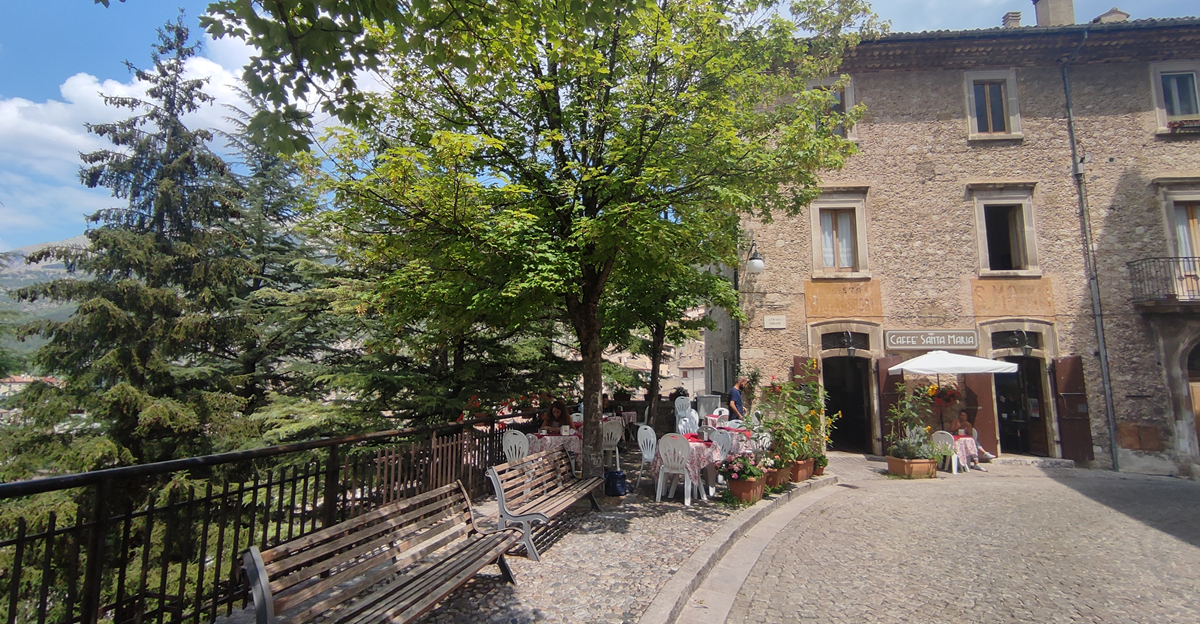
Out comes the waitress to take our order. Seeing me dither, she suggests I try the local speciality, Pan dell’Orso. Bear bread.
Given the name, I could be forgiven for expecting something more substantial than the small domed bun which, disappointingly, arrives wrapped in cellophane. The wrapper describes it as a light fluffy cake of almonds and honey covered in the finest chocolate. This is confirmed in a couple of bites. And then it’s gone.
Transumanza
I find it slightly unsettling that this dainty, melt-in-your-mouth morsel honours an ancestral custom of such geographical scope and historical/cultural heft as the transumanza, the seasonal migration of shepherds and their flocks. Supposedly it recalls the type of bread, pane, shepherds carried with them on their arduous journey. The name refers to the presence of bears along the way.
I only hope that the actual pane lasted longer and provided the shepherds with more sustenance than its modern reincarnation did for me.
The transumanza, since 2019 on UNESCO’s Intangible Cultural Heritage list, has profound links with Scanno. Not only did shepherds drive their flocks from Puglia to the lush pastures of the Scanno hills, but wool production was of considerable importance in the town.
Every Abruzzese is familiar with the opening line of a famous poem about the transumanza, I Pastori by Gabriele D’Annunzio: ‘Settembre, andiamo. E’ tempo di migrare’.
‘September, let’s go. It’s time to migrate. / Now in the land of Abruzzo my shepherds / leave their pens and go towards the sea: / they go down to the wild Adriatic / green like the mountain pastures’.
Another cake
The café is named after the square and Scanno’s most important church, Santa Maria della Valle, which is just across the road. The church is closed so, after lingering on the terrace to converse with a young Danish couple who are touring Abruzzo by public transport, we opt for a stroll, following the main route, fondly known as La Ciambella because it winds round the town.
Ciambella, in some regions, means doughnut. More commonly it refers to the traditional bundt-like breakfast cake lovingly made by generations of Italian women when their grandchildren come to stay. The word also means toilet seat but that’s by the by.
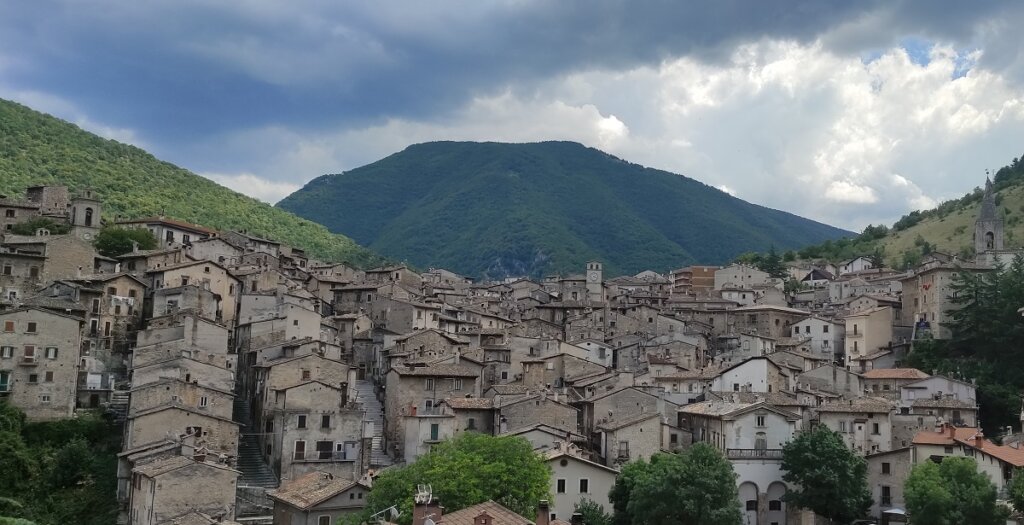
Tombolo and traditional dress
This is not my first visit to Scanno. The first time I came here many years ago I was elated to see women in traditional dress. They sat in the doorways of their homes, some of them engaged in intricate and exquisite lacemaking called tombolo after the cyndrical cushion used to keep their work in place.
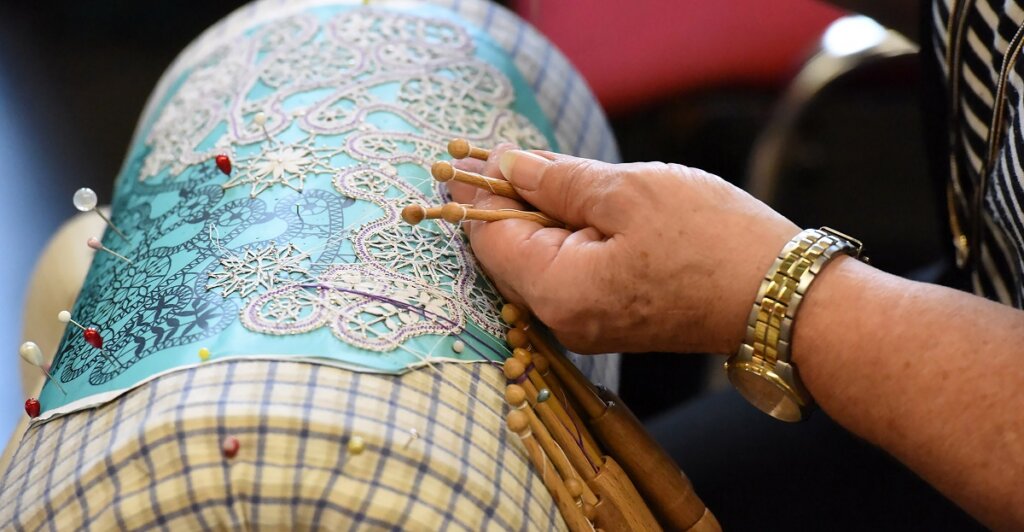
Over the years these women of Scanno have enjoyed considerable fame and attention, drawing photographers such as Henri Cartier-Bresson, Hilde Lotz Bauer and Marco Giacomelli. Scanno is also known as the photographers’ town.
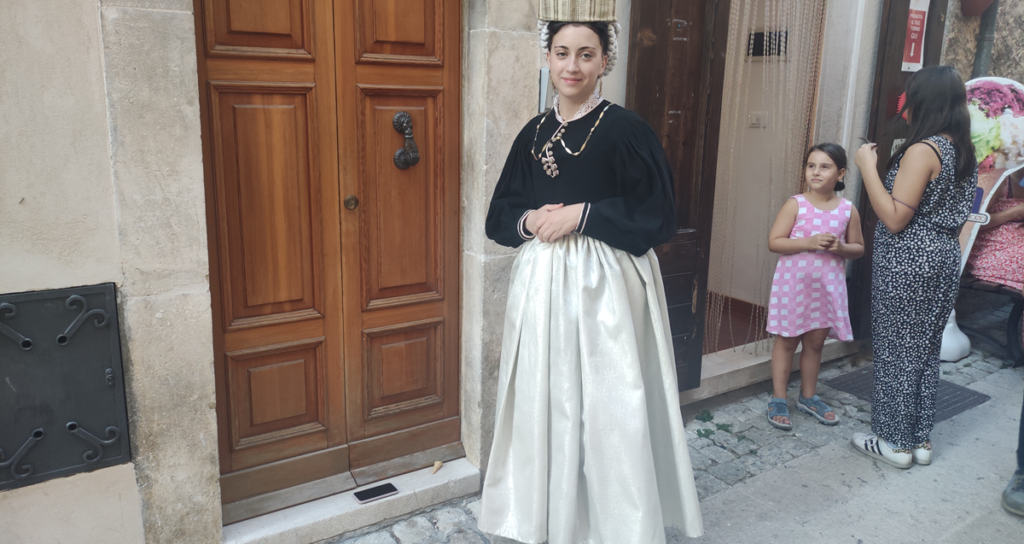
Today there are few women in traditional dress. But they are honoured by a bronze statue in a small square just behind the church of Santa Maria della Valle.
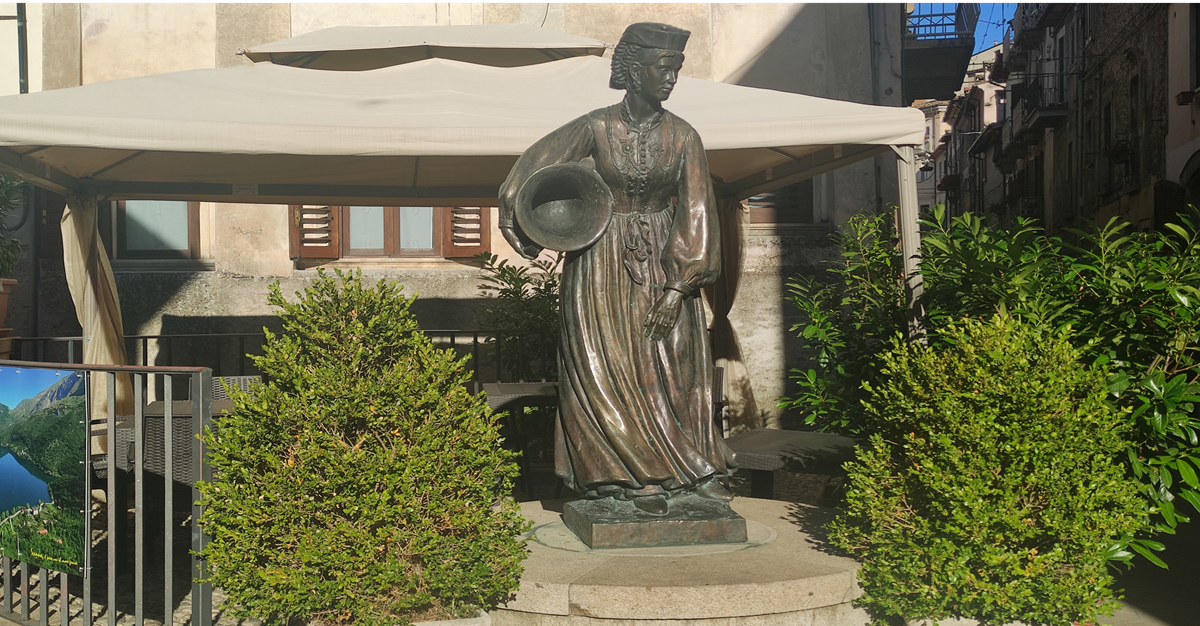
Traditional wedding dresses can now be seen at the Ju Catenacce festival on 14 August, when young women process through the town with their ‘bridegrooms’. As in any worthwhile wedding, the procession (which looks like a chain from above, hence the name) is followed by dancing.
The hazards of hill towns
The name Scanno is said to derive from the Latin scannum for stool because from below the town looks as if it is astride a bench. At 1050 metres above sea level, it is one of those hill towns that tumbles down the mountain and looks, in winter, like a Christmas nativity scene.
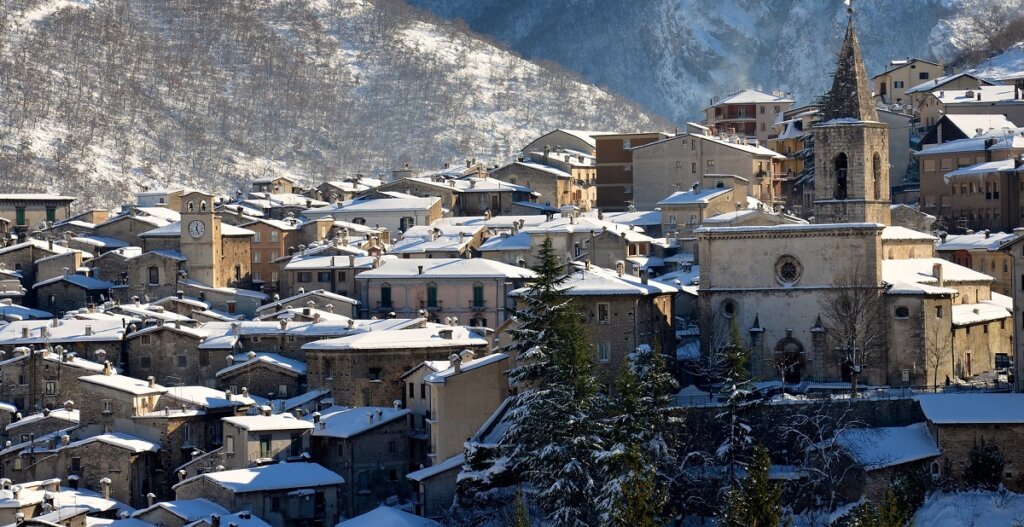
The hills make sightseeing hard going at times but we rest often to enjoy glimpses of the countryside through arches in the medieval stone walls. We stop to look in the windows of jewellery shops selling the Presentosa, the star-shaped jewel worn by women to announce their engagement, though personally I’m more inclined to hover near a traditional biscotteria and breathe in the aroma of home-made biscuits.
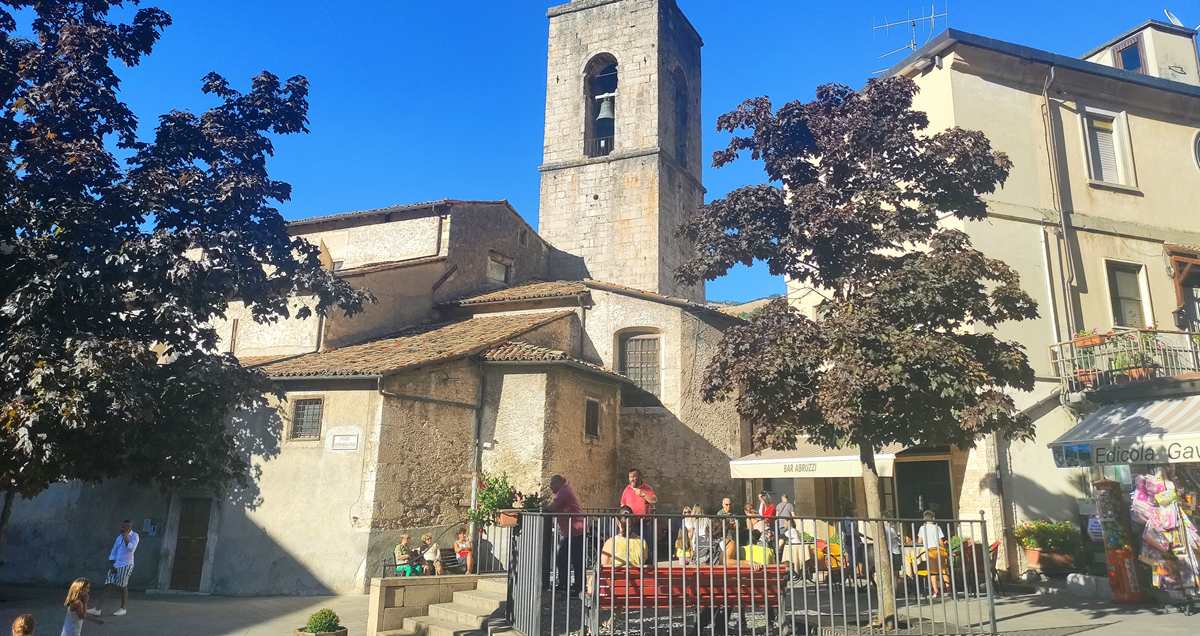
We admire houses of grey and oatmeal-coloured stone, with external staircases – called cemmause in dialect – and pots of geraniums. There are palazzi with two- and three-arch windows, and many decorated wooden doors.
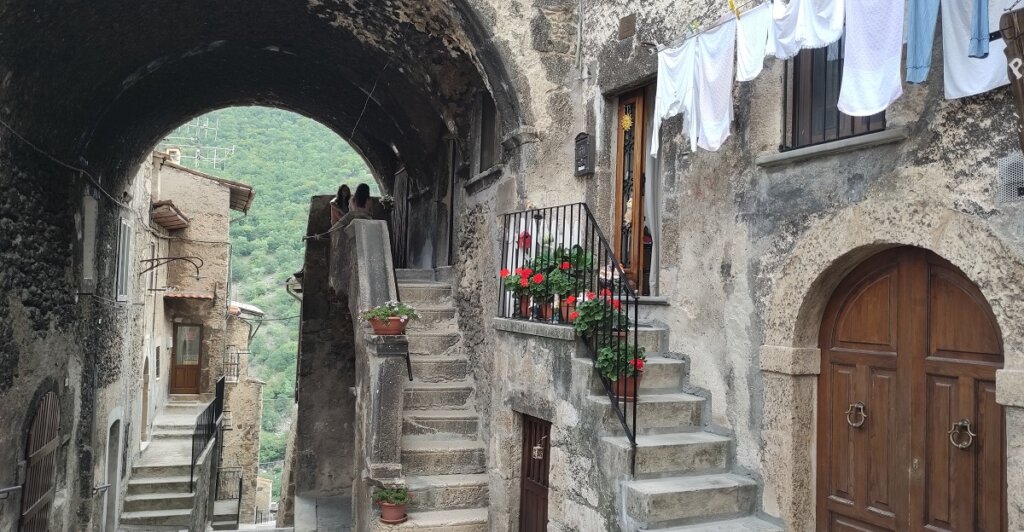
Here, behind one of those doors, hid anti-Fascist and future Italian president, Carlo Ciampi during World War II. And behind another lived the father of the composer Henry Mancini.
What else do they hide, I wonder? What legends and lives lurk behind these doors?
As we leave the town to visit its nearby lake, I can’t help feeling a bit dissatisfied. Our visit has been like that small cake – delightful but over much too soon, leaving much to be discovered.
All you need to know
Motorway Pescara-Rome A25, exit at Cocullo. then strada statale 479 for Anversa-Scanno. If, like our Danish friends, you’re inclined to travel by public transport, you will need to take a train to Sulmona and then the bus to Scanno.
Scanno lake is easily accessible from the town, which is also 15 minutes from the ski slopes at Passo Godi, where there is a 10km cross-country piste.


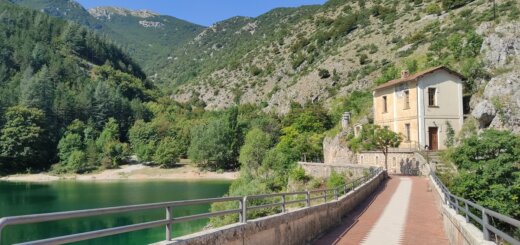
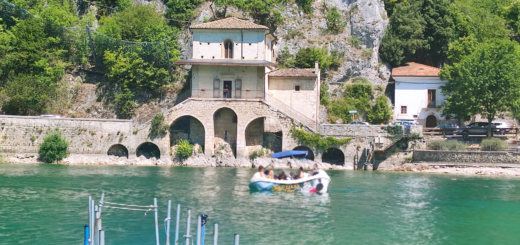
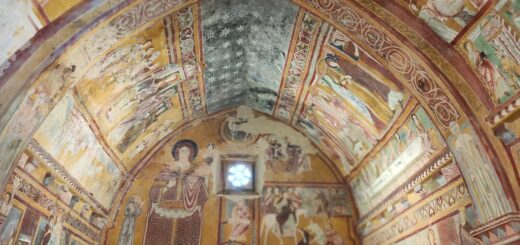

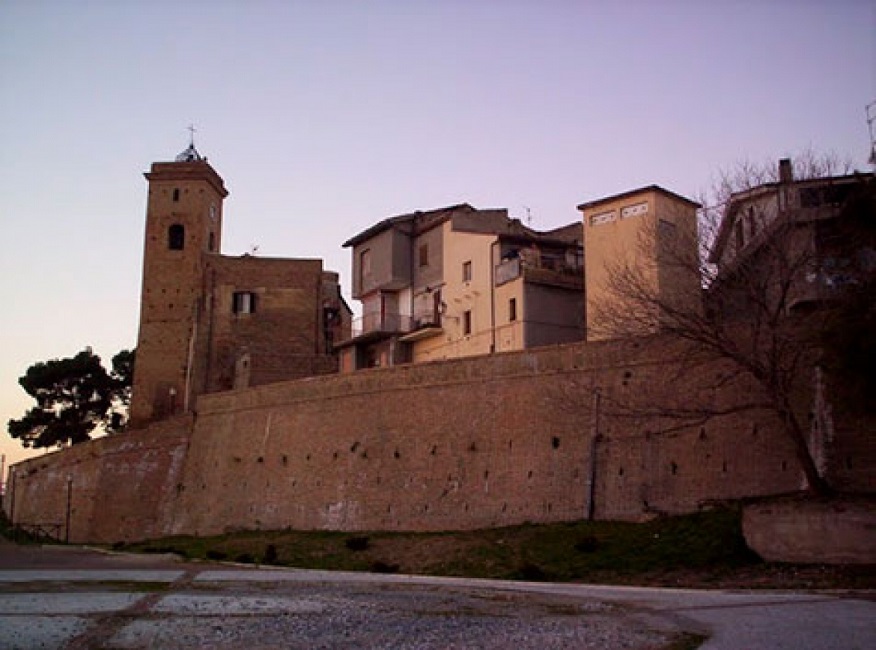
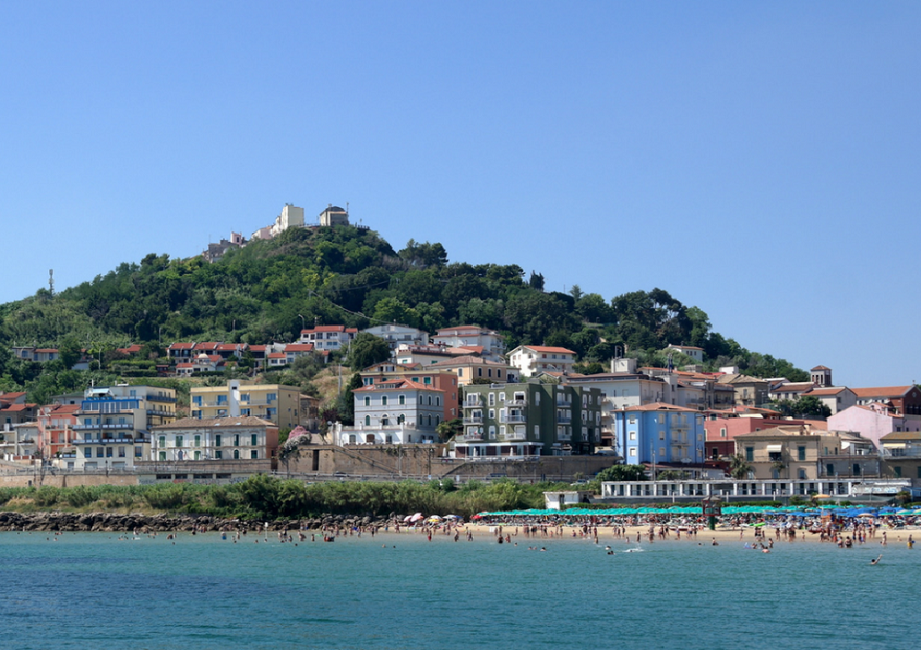
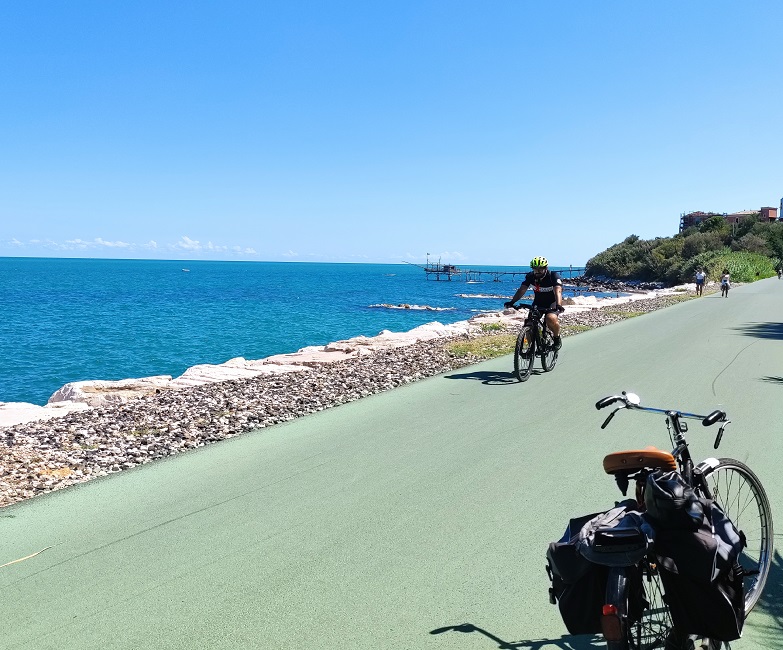
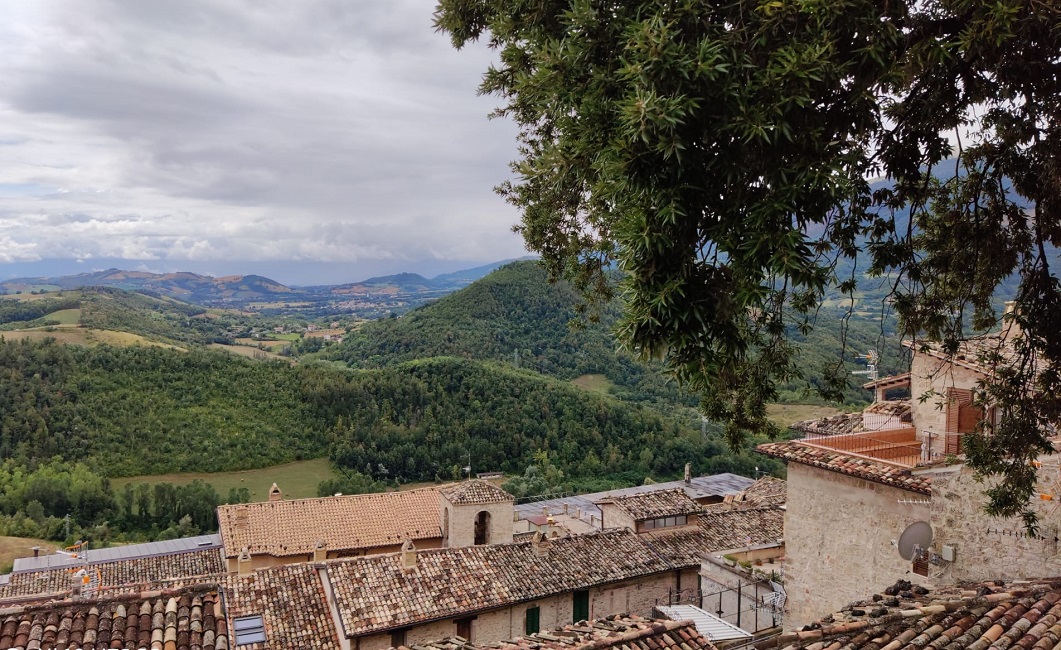
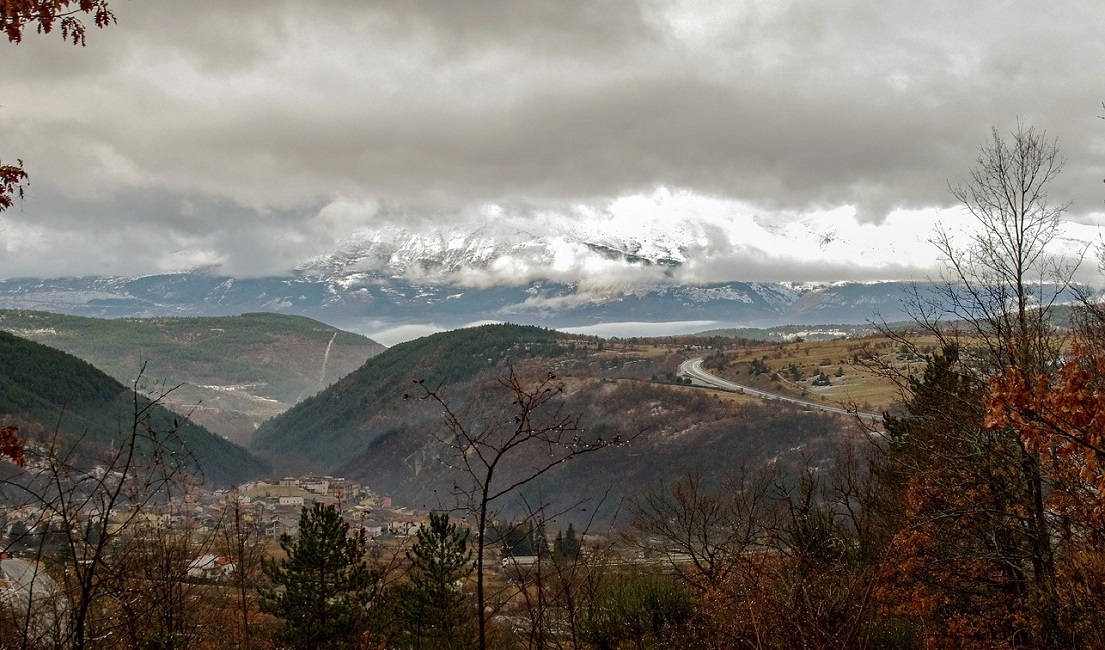

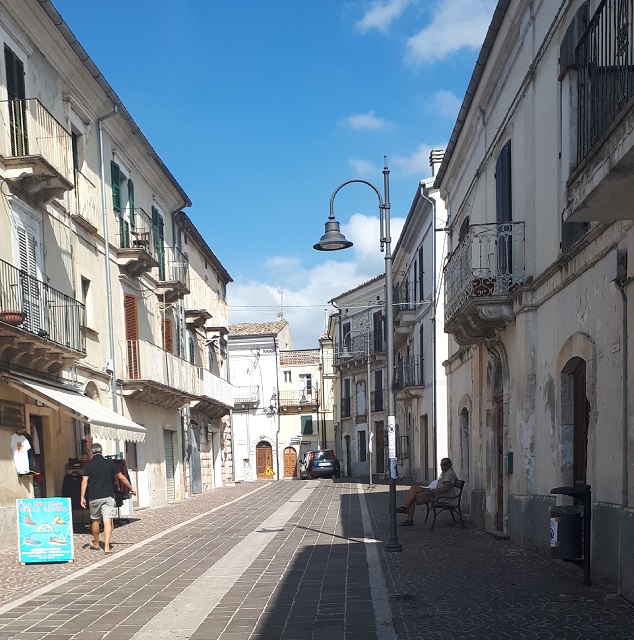
1 Response
[…] Scanno […]